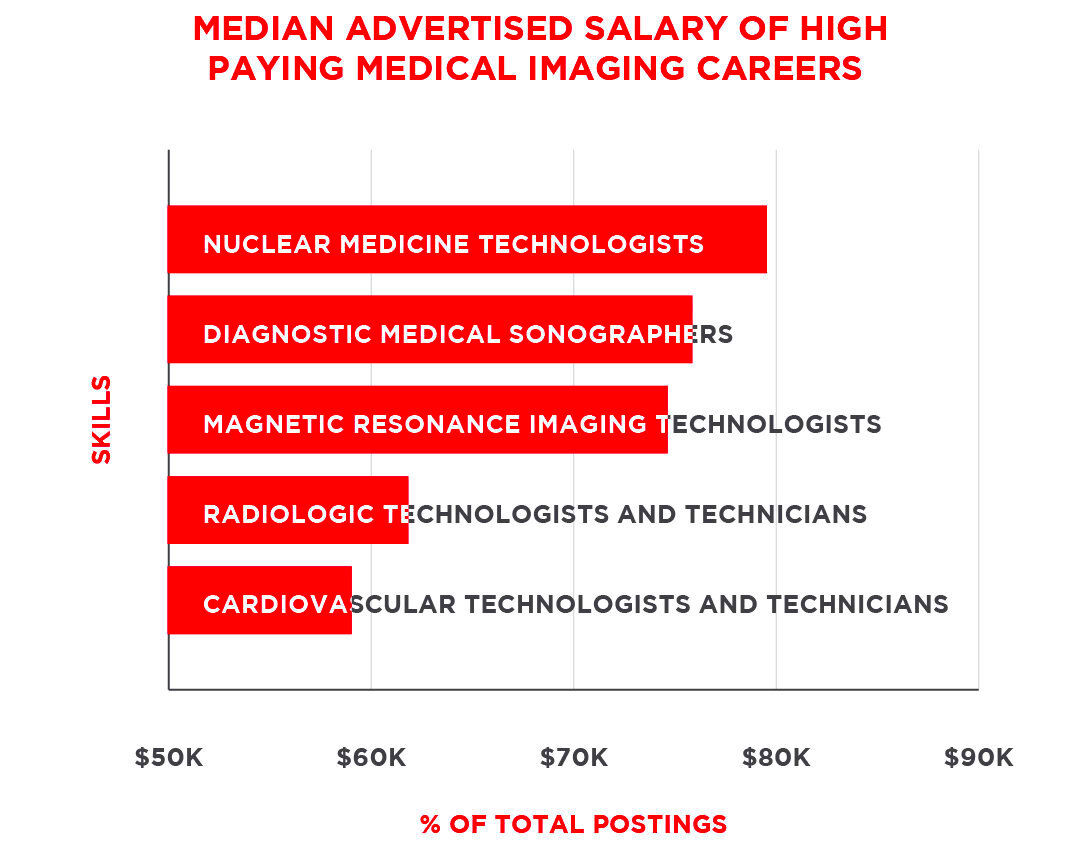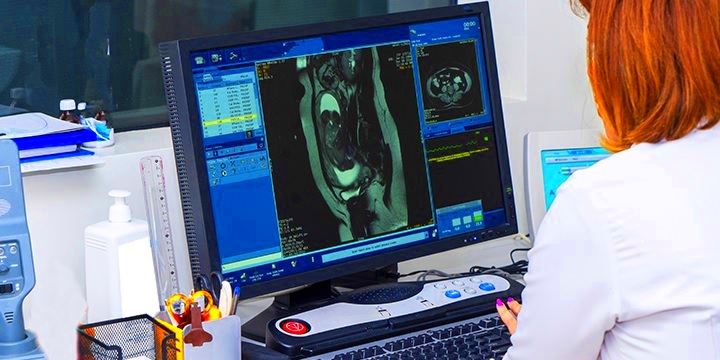Imaging centers play a vital role in the healthcare system, providing essential diagnostic services. Understanding how much these centers earn can shed light on their operational viability and impact on patient care. Revenue generation in imaging centers comes from various sources, influenced by several factors.
Factors That Affect Earnings in Imaging Centers

Several key factors influence how much imaging centers can earn. Here are some of the most significant ones:
- Location: Centers in urban areas tend to attract more patients than those in rural regions.
- Types of Services: The range of services offered, such as MRI, CT scans, or X-rays, can significantly impact revenue.
- Patient Volume: Higher patient numbers generally lead to greater earnings.
- Insurance Reimbursement Rates: The amount paid by insurance companies for services affects overall income.
- Operational Efficiency: Streamlined processes can reduce costs and increase profitability.
- Technology Investment: Investing in advanced technology can attract more patients but also entails higher upfront costs.
Typical Services Offered by Imaging Centers

Imaging centers offer a range of services designed to meet various diagnostic needs. Understanding these services helps clarify their revenue streams. Some typical services include:
| Service | Description | Common Uses |
|---|---|---|
| MRI Scans | Non-invasive imaging technique using magnetic fields. | Brain, spine, and joint assessments. |
| CT Scans | X-ray technology that creates detailed cross-sectional images. | Emergency assessments and cancer detection. |
| X-rays | Quick and simple imaging method using radiation. | Bone fractures and dental evaluations. |
| Ultrasound | Uses sound waves to create images of organs. | Pregnancy monitoring and organ assessments. |
| Mammography | Specialized X-ray for breast examination. | Breast cancer screening. |
By offering a variety of imaging services, centers can cater to diverse patient needs and increase their revenue potential.
Exploring the Costs Involved in Running an Imaging Center
Running an imaging center is not just about providing services; it involves various costs that can significantly affect profitability. Understanding these costs can help owners and managers make informed financial decisions. There are several categories of expenses that imaging centers typically face.
Analyzing the Pricing Models for Imaging Services
Setting prices for imaging services can be quite complex, as it involves various factors that directly impact revenue. Understanding different pricing models helps centers remain competitive while ensuring they cover costs. Here are some common pricing strategies:
- Fee-for-Service: Patients or insurers pay for each individual service provided. This model is straightforward but can lead to fluctuating revenue.
- Bundled Payments: A single payment covers a group of related services. This can simplify billing but requires careful planning of costs.
- Membership Models: Patients pay a monthly or yearly fee for access to services. This can encourage loyalty but may reduce upfront income.
- Sliding Scale Pricing: Fees are adjusted based on a patient’s ability to pay. This approach helps make services more accessible but can complicate financial forecasting.
Regional Differences in Earnings of Imaging Centers
The earnings of imaging centers can vary widely depending on their geographical location. Understanding these regional differences can provide valuable insights for potential investors or new center owners. Some of the factors contributing to these disparities include:
- Population Density: Urban areas typically have a higher patient volume compared to rural locations, leading to increased earnings.
- Healthcare Infrastructure: Regions with a robust healthcare system often see more demand for imaging services.
- Insurance Coverage: The types of insurance plans prevalent in an area can affect how much centers can charge for their services.
- Competition: More imaging centers in a region can drive prices down, affecting overall earnings.
By taking these factors into account, imaging centers can better navigate the financial landscape and optimize their strategies for growth.
Future Trends Impacting the Income of Imaging Centers
The healthcare landscape is constantly evolving, and imaging centers are no exception. Staying ahead of emerging trends can significantly influence their income potential. Let’s explore some key trends that could shape the future earnings of imaging centers.
- Telemedicine Integration: As telehealth becomes more common, imaging centers are exploring partnerships with telemedicine providers. This can lead to increased patient referrals and more accessible services, driving revenue growth.
- Advanced Imaging Technologies: Innovations like 3D mammography and AI-driven imaging are becoming standard. Investing in these technologies can attract more patients and enhance diagnostic accuracy, potentially increasing income.
- Value-Based Care: The shift from fee-for-service to value-based care models means imaging centers need to demonstrate improved patient outcomes. This trend could lead to new reimbursement opportunities for high-quality services.
- Regulatory Changes: Keeping up with evolving regulations is crucial. Changes in Medicare and Medicaid policies can impact reimbursement rates, so centers must stay informed to adapt their strategies.
- Patient-Centric Approaches: Focusing on patient experience can lead to higher satisfaction rates and word-of-mouth referrals. Centers that prioritize comfort and accessibility are likely to see increased patient volume.
Frequently Asked Questions
Here are some common questions people have about the earnings and operations of imaging centers:
- What are the primary sources of revenue for imaging centers? Imaging centers typically earn revenue from diagnostic imaging services, including X-rays, MRIs, and CT scans.
- How do imaging centers determine their pricing? Pricing is influenced by factors like operational costs, local market rates, and insurance reimbursement levels.
- What impact does location have on earnings? Yes, centers in urban areas generally have higher patient volumes and can charge more due to greater demand.
- Are there specific challenges that imaging centers face? Yes, challenges include managing costs, keeping up with technology, and navigating insurance reimbursements.
Conclusion on Imaging Centers’ Earnings
In conclusion, imaging centers play a crucial role in the healthcare system, but their earnings are influenced by a multitude of factors. Understanding the costs, pricing models, and regional differences is essential for success. Looking ahead, trends such as telemedicine, advanced technologies, and a focus on patient experience will shape the financial landscape for these centers. By staying informed and adaptable, imaging centers can enhance their income potential while providing vital services to patients.

 admin
admin








